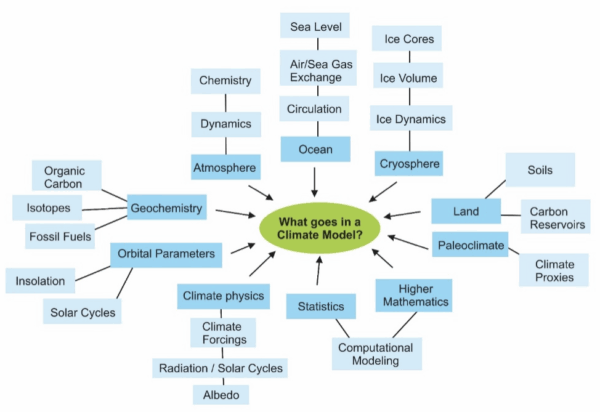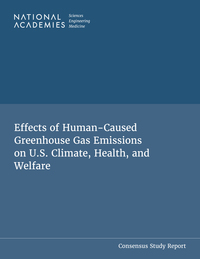This month’s open thread. We’re not great ones for New Year’s resolutions, but let’s try. How about we resolve to stay substantive, refrain from abusing one another, and maintaining a generosity of spirit when interacting with others?
Lots of things get updated in January and we’ll try and keep up, though possibly with less fanfare than in previous years. In other news, we await the (supposedly imminent) release of a new “National Climate Assessment”, and the (supposedly imminent) engagement of the authors of the DOE ‘climate report’ with the extensive critiques they received. Meanwhile CMIP7 has started, and we expect results to trickle into the databases throughout the year – dig into some of the literature to get a sense of what will change (better models, improved forcings, etc.).
Eppure si riscaldi.

